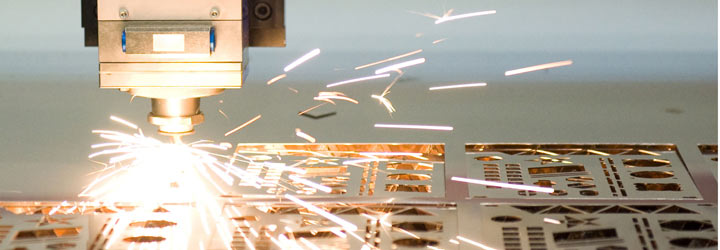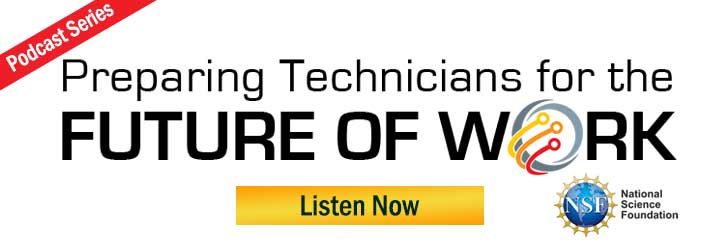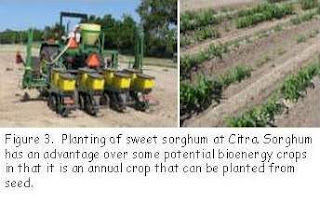Biomass Energy…what’s in it for the sunshine state?

Focus on research for alternative and renewable energy sources is at an all time high across the nation. This surge in interest coupled with rising fuel prices, concerns over depleting natural resources has created a strong market for renewable energy sources. Among other forms of alternate energy like solar, wind, or hydro power, biomass energy occupies an important role in Florida. The state is one of the few in the nation with high biomass resources. Subsequently, harnessing these resources is a key component of Florida’s energy strategy. (Source: Florida Energy Systems Consortium, FESC).
Jorge Monreal, project manager for the workforce/curriculum development component of the FESC-FLATE partnership based at Hillsborough Community College in Brandon agrees the future of the bioenergy industry, its scope and potential for growth is bright, and is a great resource for the state. Not surprisingly there are several initiatives currently underway focused on using biomass as an alternative energy source. The Bioenergy Crop Field Day hosted by the Plant Research Center at the Institute of Food & Agriculture (IFAS) at the University of Florida (UF) was one such initiative designed to showcase and create awareness about the types of research being conducted to explore alternative energy sources. Approximately 75 people from diverse backgrounds ranging from academia, industry, government agencies attended the half-day event that was held July 15 in Citrus, FL.
Central to the event was its focus on sweet sorghum as a viable bioenergy crop for Florida. Why sweet sorghum? According to a study conducted by IFAS “sweet sorghum offers high biomass and sugar yields, is relatively resource efficient, and does not compete directly with food crops.” Besides the emphasis on sorghum, there were other research-based presentations showcasing different kinds of grasses (elephant grass, energycane, miscanthus, sugarcane), and the genetic engineering/hybridization processes that are being done on them to lower sugar content and optimize ethanol production. Attendees learned about research transforming the normal garden variety sugarcane into an “energy cane” through genetic engineering. The genetically altered crop is apparently thinner, has less moisture and more cellulose that can be turned into ethanol, and is more energy efficient as well. Attendees were also taken on field tours that showed ongoing bioenergy grass crop research, they received updates on bioenergy crop breeding efforts, and reviewed most recent data from statewide plant-based, bioenergy experiments.
Indeed, the event served as an effective mechanism in showcasing new and upcoming technologies relevant to the bioenergy and alternative energy field. Given the number of farms/agro-based businesses in Florida, Monreal says there is a huge interest in farming cash crops that have alternative energy uses. “These are the people who want to be educated about the kinds of crops/plants they can grow, and learn more about the bioenergy field.” Besides the workshop’s benefits to local farmers, Monreal says the information can also be used to develop a curriculum for future energy-based camps, or can be integrated into the introduction to alternative energy course—a core component for students wishing to pursue the new alternative energy specialization—which will be offered as part of the A.S/A.A.S Engineering Technology (ET) degree and certificate programs developed by FLATE and college partners across Florida. Curriculum frameworks for the alternative energy specialization were approved by the Florida Department of Education in March 2010. Development of the first course is currently in progress, and expected to be completed by August 2010.
For information on the bioenergy crop field day at UF, or the ET degree energy specialization contact Jorge Monreal at monreal@fl-ate.org. For information on ongoing statewide FLATE-FESC initiatives contact Dr. Marilyn Barger at barger@fl-ate.org, or visit https://fl-ate.org/projects/fesc.html.























.jpg)
